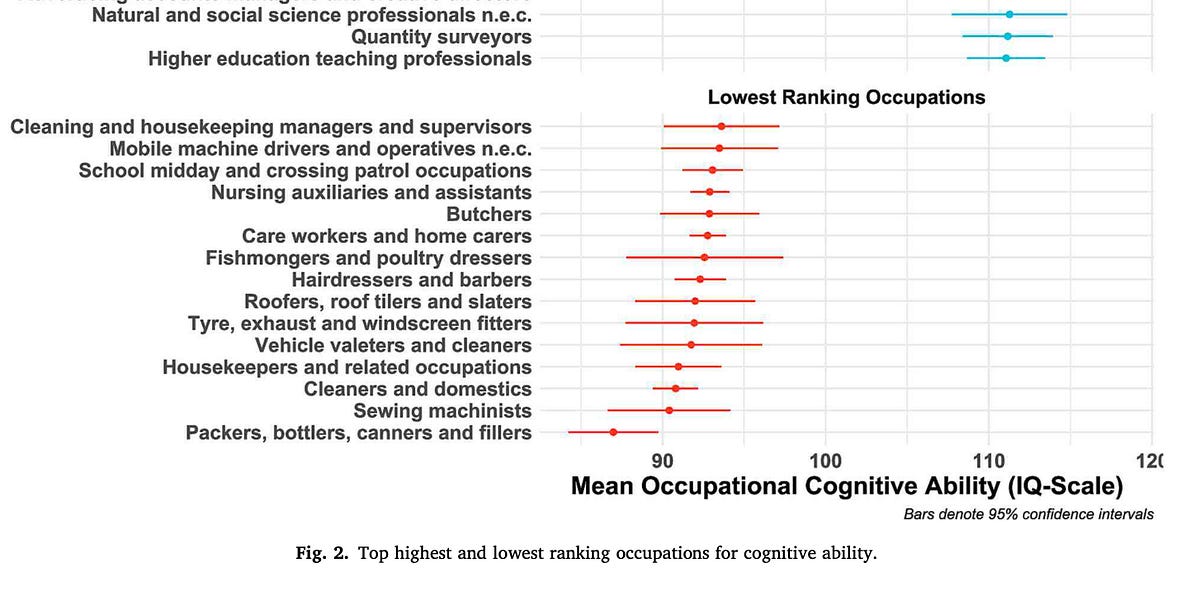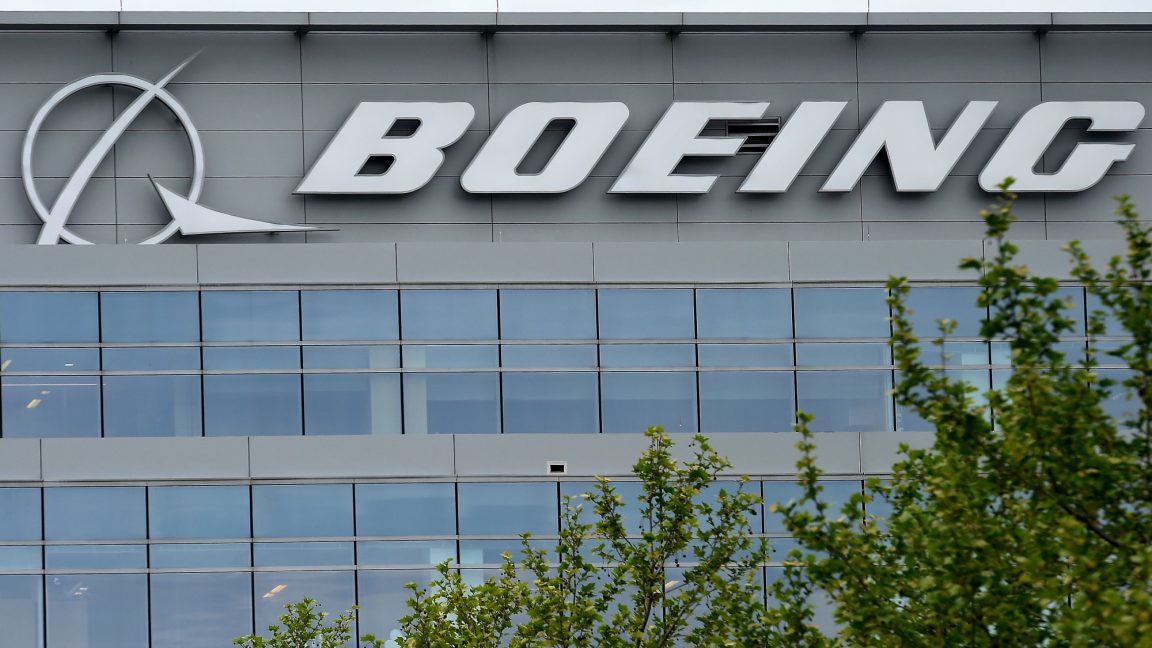
Port workers are at war with automation. Can they win?
This article is an installment of Future Explored, a weekly guide to world-changing technology. You can get stories like this one straight to your inbox every Saturday morning by subscribing above.
It’s 2035. You just started a job working at a US container port, but unlike the longshoremen of the past, you aren’t worried about losing a limb — or worse — while unloading a cargo ship. That’s because this port is semi-automated, and instead of sitting in the cab of a crane, you’re in an air-conditioned office, monitoring operations from behind a computer screen.
For three days in early October, nearly 50,000 American longshoremen went on strike, grinding activity at the nation’s East and Gulf coast shipping ports to a halt.
This was the first strike of the union representing the workers — the International Longshoremen’s Association (ILA) — since 1977, and just like their predecessors, these workers were hitting the picket line to take a stand against technology they believed was going to put them out of work.



















